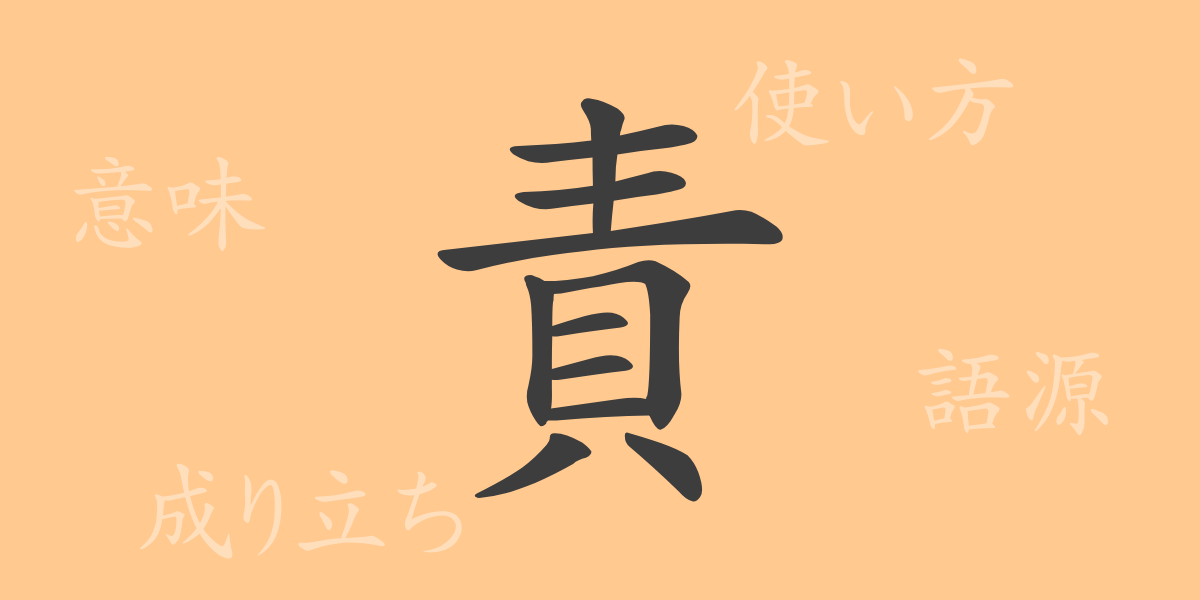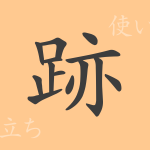Japanese kanji are deeply integrated into the culture, with each character holding its unique history and beauty. “責” is one such kanji, commonly used in everyday language. This article delves into the origins, meanings, usage, readings, and more of the kanji “責”, providing a glimpse into the rich tapestry of Japanese language through this single character.
Origins of 責
The kanji “責” combines the “貝” radical, signifying shells used historically as currency in China, with “則”, representing norms or rules. Originally symbolizing financial responsibility due to the use of shells as money, “責” has evolved to encompass broader obligations and responsibilities, reflecting its importance in various contexts today.
Meaning and Usage of 責
“責” primarily conveys meanings associated with blaming or holding someone responsible. It extends to signify duties or important roles one is obligated to carry out. In Japanese, it forms part of essential terms such as “責任” (responsibility), “責務” (duty), and “責任感” (sense of responsibility), prevalent in everyday and business communications.
Readings, Stroke Count, and Radical of 責
The kanji “責” plays a significant role in Japanese, both in form and meaning:
- Readings: On’yomi is ‘セキ’, and Kun’yomi includes ‘せめる’.
- Stroke Count: “責” comprises 11 strokes.
- Radical: Its radical is ‘貝’, commonly found in kanji relating to wealth and money.
Phrases and Proverbs Using 責
Idioms and phrases containing “責” reflect its linguistic richness. For instance, “責任転嫁” (せきにんてんか) denotes shifting one’s responsibility onto others, and “責任逃れ” (せきにんのがれ) refers to evading one’s responsibilities. “果たすべき責” (はたすべきせき) points to duties one is obligated to fulfill.
Conclusion on 責
The kanji “責” is indispensable in expressing concepts of responsibility and duty within the Japanese language. From its origins to modern applications, “責” carries a range of meanings and uses. Understanding the terms and expressions involving “責” enhances our comprehension of Japanese culture and language, as explored in this article.

























